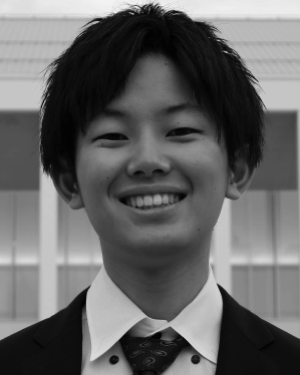Our TAG can segment an image into meaningful segments without training, annotation, or guidance. By retrieving class labels from an external database, TAG offers the flex...
Abstract:
Semantic segmentation is a crucial task in computer vision, where each pixel in an image is classified into a category. However, traditional methods face significant chal...Show MoreMetadata
Abstract:
Semantic segmentation is a crucial task in computer vision, where each pixel in an image is classified into a category. However, traditional methods face significant challenges, including the need for pixel-level annotations and extensive training. Furthermore, because supervised learning uses a limited set of predefined categories, models typically struggle with rare classes and cannot recognize new ones. Unsupervised and open-vocabulary segmentation, proposed to tackle these issues, faces challenges, including the inability to assign specific class labels to clusters and the necessity of user-provided text queries for guidance. In this context, we propose a novel approach, TAG which achieves Training, Annotation, and Guidance-free open-vocabulary semantic segmentation. TAG utilizes pre-trained models such as CLIP and DINO to segment images into meaningful categories without additional training or dense annotations. It retrieves class labels from an external database, providing flexibility to adapt to new scenarios. Our TAG achieves state-of-the-art results on PascalVOC, PascalContext and ADE20K for open-vocabulary segmentation without given class names, i.e. improvement of +15.3 mIoU on PascalVOC.
Our TAG can segment an image into meaningful segments without training, annotation, or guidance. By retrieving class labels from an external database, TAG offers the flex...
Published in: IEEE Access ( Volume: 12)

Graduate School of Integrated Design Engineering, Keio University, Kanagawa, Japan
Yasufumi Kawano received the master’s degree in engineering from Keio University, in 2022, where he is currently pursuing the Ph.D. degree in computer science. His research interest includes machine learning technologies for image and video recognition.
Yasufumi Kawano received the master’s degree in engineering from Keio University, in 2022, where he is currently pursuing the Ph.D. degree in computer science. His research interest includes machine learning technologies for image and video recognition.View more

Graduate School of Integrated Design Engineering, Keio University, Kanagawa, Japan
Yoshimitsu Aoki (Member, IEEE) received the Ph.D. degree in engineering from Waseda University, in 2001. From 2002 to 2008, he was an Associate Professor at the Department of Information Engineering, Shibaura Institute of Technology. He is currently a Professor with the Department of Electronics and Electrical Engineering, Keio University. His research interests include computer vision, pattern recognition, and media unde...Show More
Yoshimitsu Aoki (Member, IEEE) received the Ph.D. degree in engineering from Waseda University, in 2001. From 2002 to 2008, he was an Associate Professor at the Department of Information Engineering, Shibaura Institute of Technology. He is currently a Professor with the Department of Electronics and Electrical Engineering, Keio University. His research interests include computer vision, pattern recognition, and media unde...View more

Graduate School of Integrated Design Engineering, Keio University, Kanagawa, Japan
Yasufumi Kawano received the master’s degree in engineering from Keio University, in 2022, where he is currently pursuing the Ph.D. degree in computer science. His research interest includes machine learning technologies for image and video recognition.
Yasufumi Kawano received the master’s degree in engineering from Keio University, in 2022, where he is currently pursuing the Ph.D. degree in computer science. His research interest includes machine learning technologies for image and video recognition.View more

Graduate School of Integrated Design Engineering, Keio University, Kanagawa, Japan
Yoshimitsu Aoki (Member, IEEE) received the Ph.D. degree in engineering from Waseda University, in 2001. From 2002 to 2008, he was an Associate Professor at the Department of Information Engineering, Shibaura Institute of Technology. He is currently a Professor with the Department of Electronics and Electrical Engineering, Keio University. His research interests include computer vision, pattern recognition, and media understanding.
Yoshimitsu Aoki (Member, IEEE) received the Ph.D. degree in engineering from Waseda University, in 2001. From 2002 to 2008, he was an Associate Professor at the Department of Information Engineering, Shibaura Institute of Technology. He is currently a Professor with the Department of Electronics and Electrical Engineering, Keio University. His research interests include computer vision, pattern recognition, and media understanding.View more

